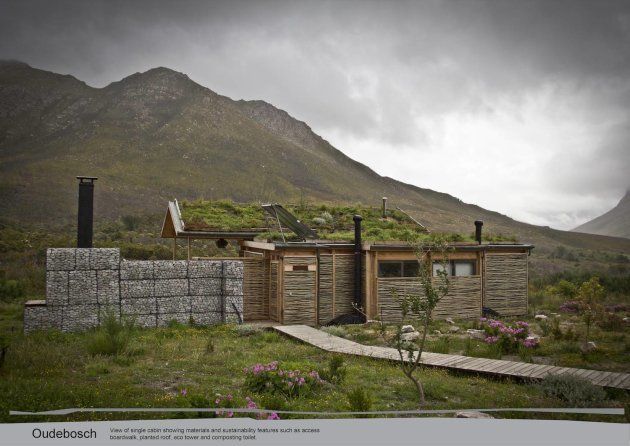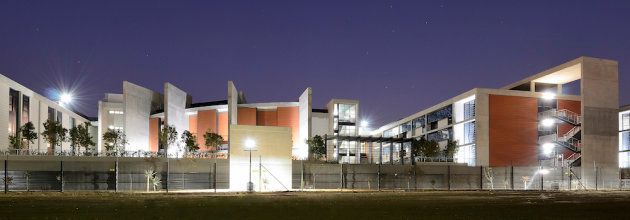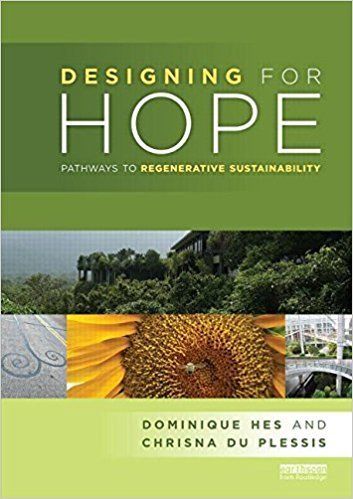The biennial AfriSam-SAIA Award for Sustainable Architecture and Innovation has become South Africa's most prestigious platform for recognising South African contributions in this area, and 2018 could be the award's most exciting development yet.
In the past the award only recognised buildings and architectural interventions, but they are opening up to all sorts of innovations, including research and product design.
"The emphasis is no longer on just the architecture and building practice," says Kevin Bingham, vice-president of SAIA. The new AfriSam-SAIA Award for Sustainable Architecture and Innovation recognises sustainable architecture; research in sustainability; sustainable products and technology and sustainable social programmes.
"We have entered a new era in which sustainable design is becoming a non-negotiable, integral part of the building industry," Bingham says.
Check out some of the inspiring projects that have won the prestigious award in the past.
Oudebosch Camp Kogelberg
Kogelberg Nature Reserve, Western Cape

Tucked away in an Unesco World Heritage Site in the mountains above Betty's Bay, Oudebosch Camp nestles unobtrusively within a protected wilderness area in the Kogelberg biosphere. The buildings are modestly scaled and lightweight, with planted roofs.
"The palette of natural, local, renewable, low-embodied energy, non-toxic materials and components develops the low-impact, sustainable qualities of the project. Low-tech, simple, passive design principles underpin crafting of the building envelope, which is shaped for the shifting seasons," say judges.
Department of Environmental Affairs Building
Pretoria, Gauteng

The new Pretoria headquarters for South Africa's department of environmental affairs (DEA) achieved a six-star green-office v1 design rating based on the fact that the structure reflects the culture of the institution, the way they work and function, as well as the institutional purpose, beliefs and service to the country and the community.
"The design responds to an environmentally sensitive and sustainable architecture and hosts an array of sustainable technologies," judges said.
Designing for Hope: Pathways to Regenerative Sustainability
Gauteng

"Essential reading for practitioners working in sustainability and the built environment."
This publication brings together the theory and practice of an emerging regenerative design and development paradigm. More than 50 interviews with practitioners and academics from around the world present a number of theoretical approaches that describe working from an ecological paradigm in the built environment, each supported by case studies.
Entries for the 2017/ 2018 awards close soon, so nominate or enter the projects that inspire you.
